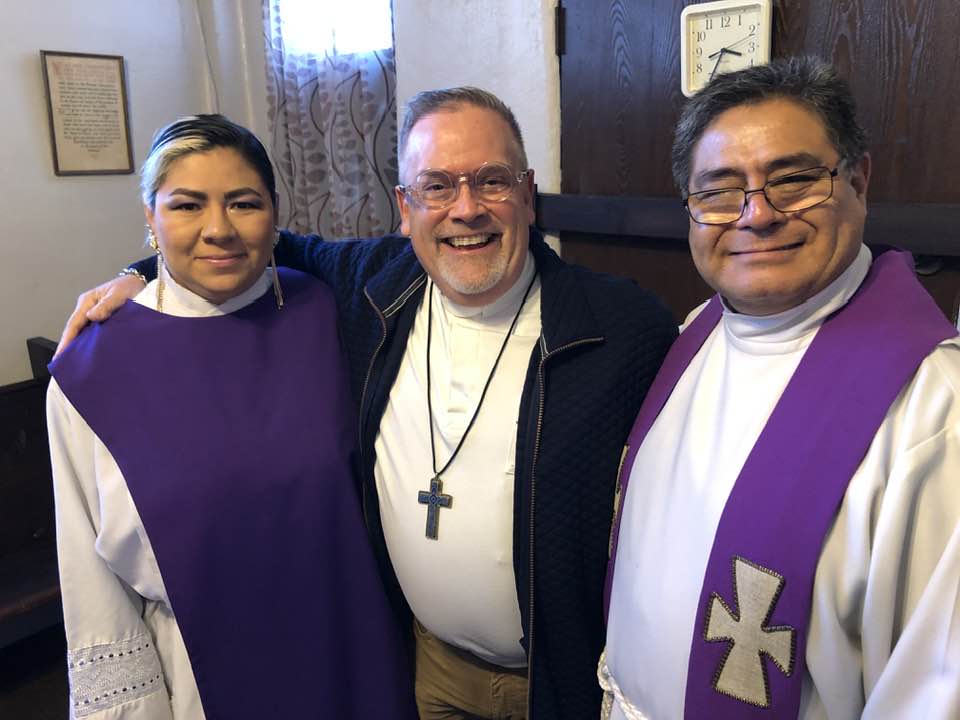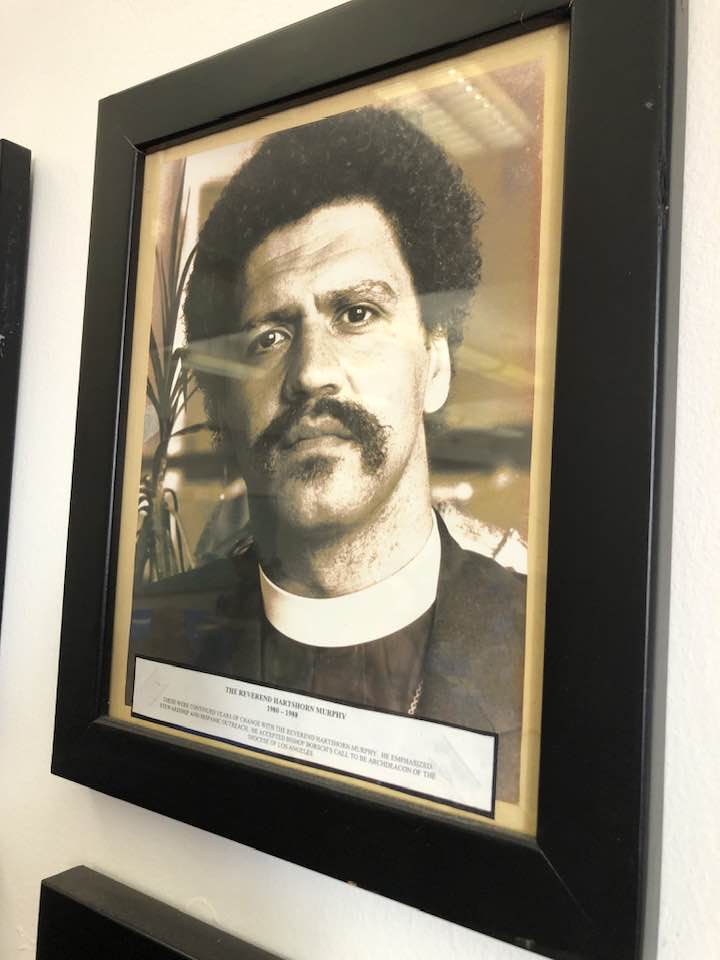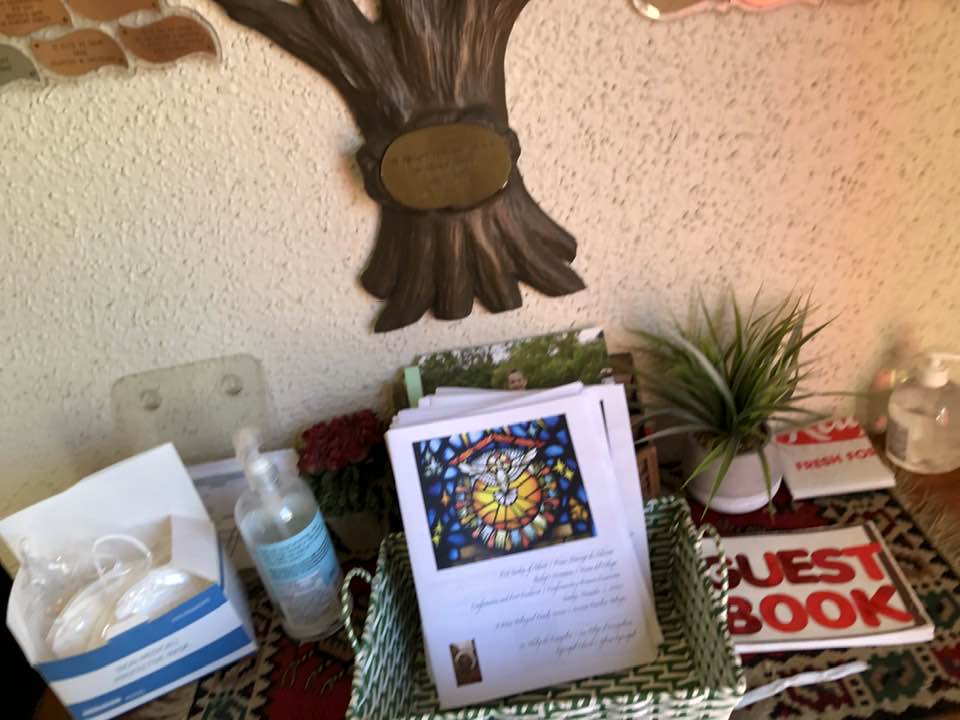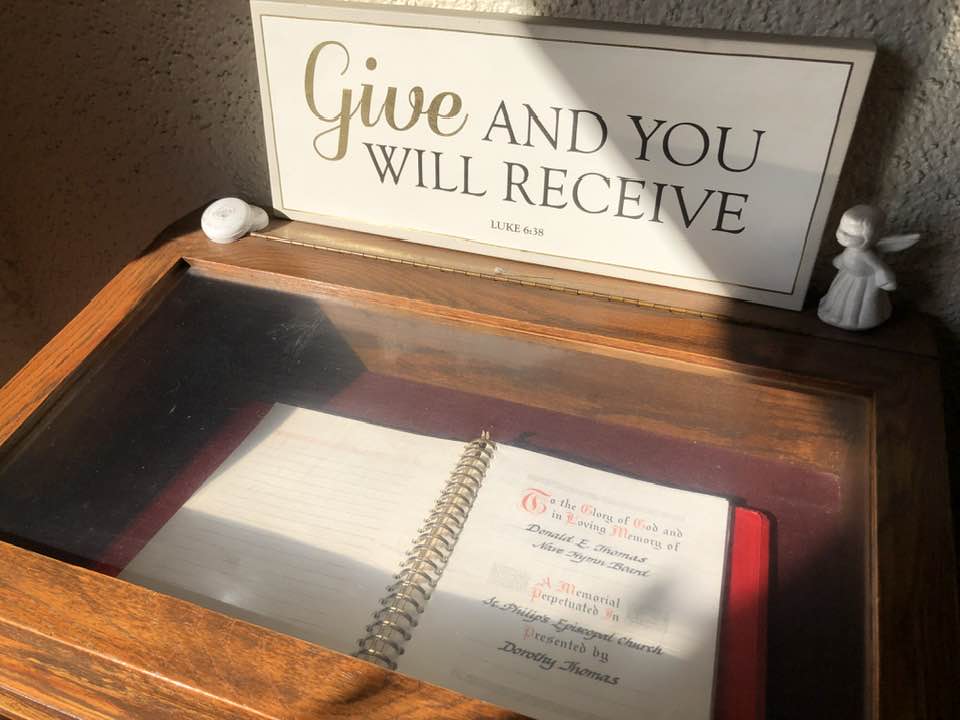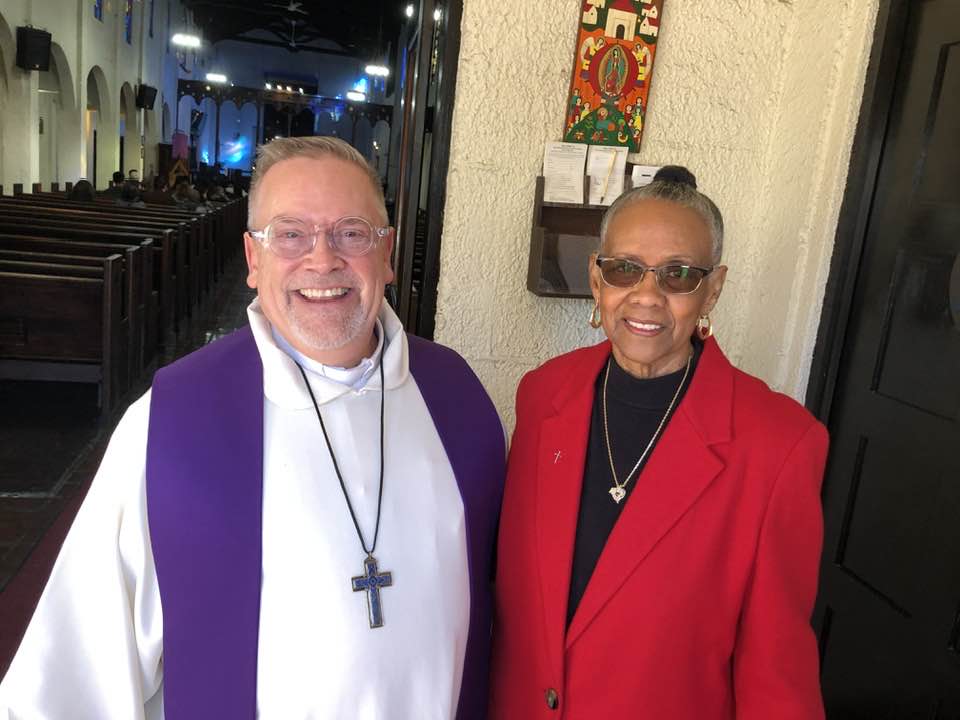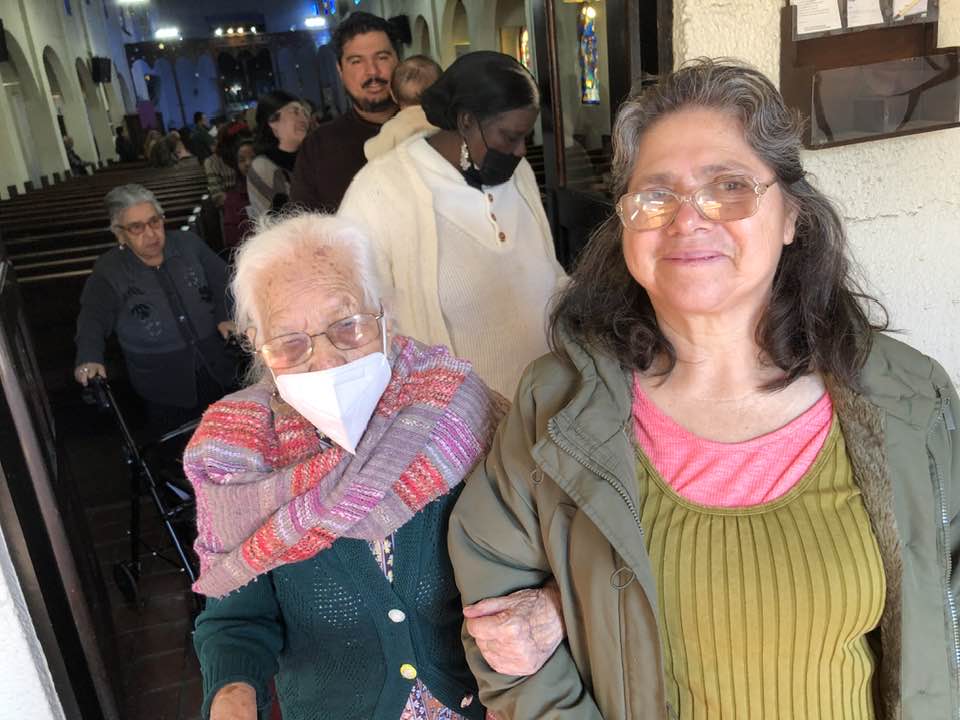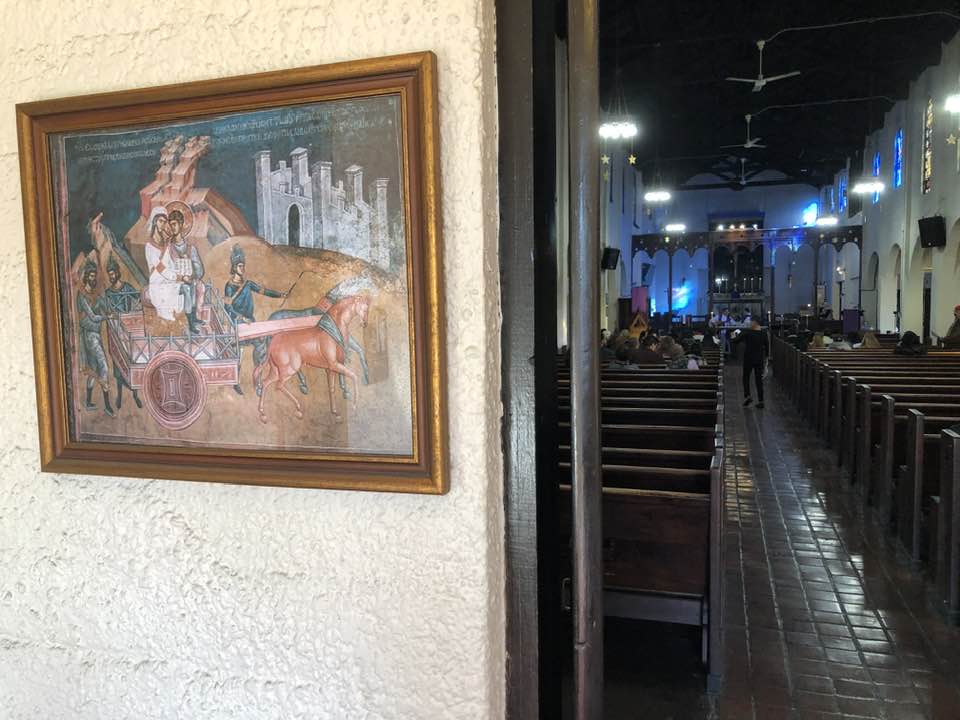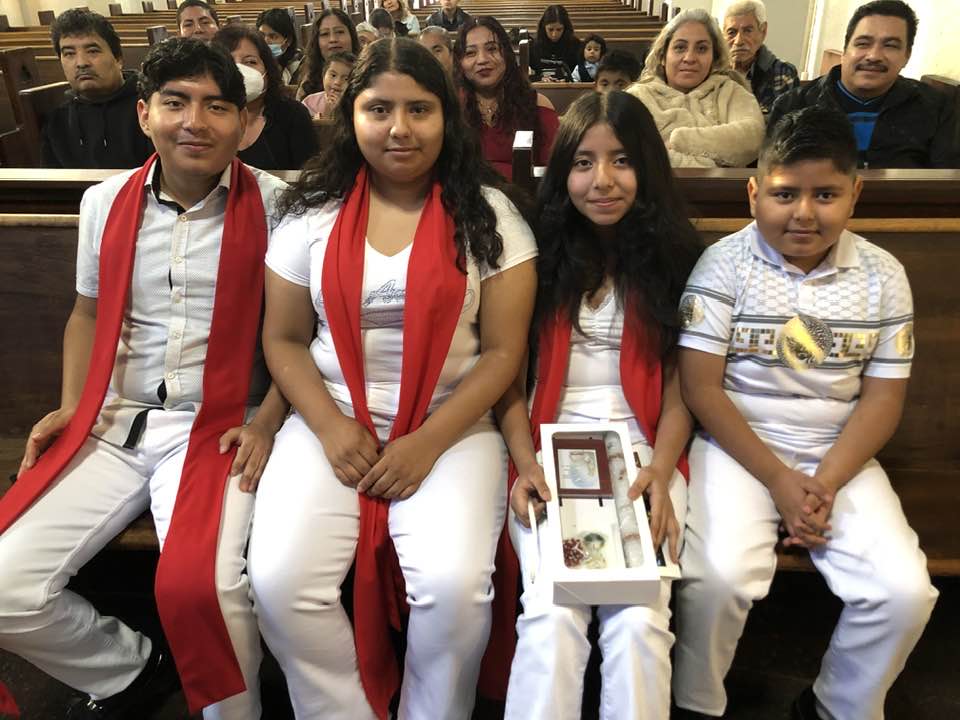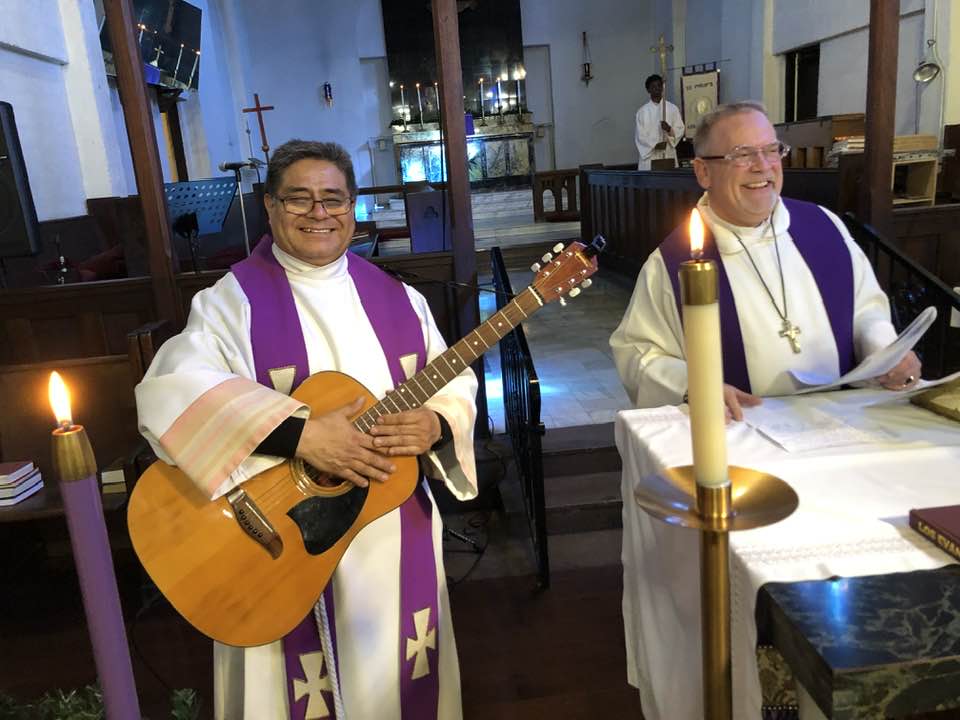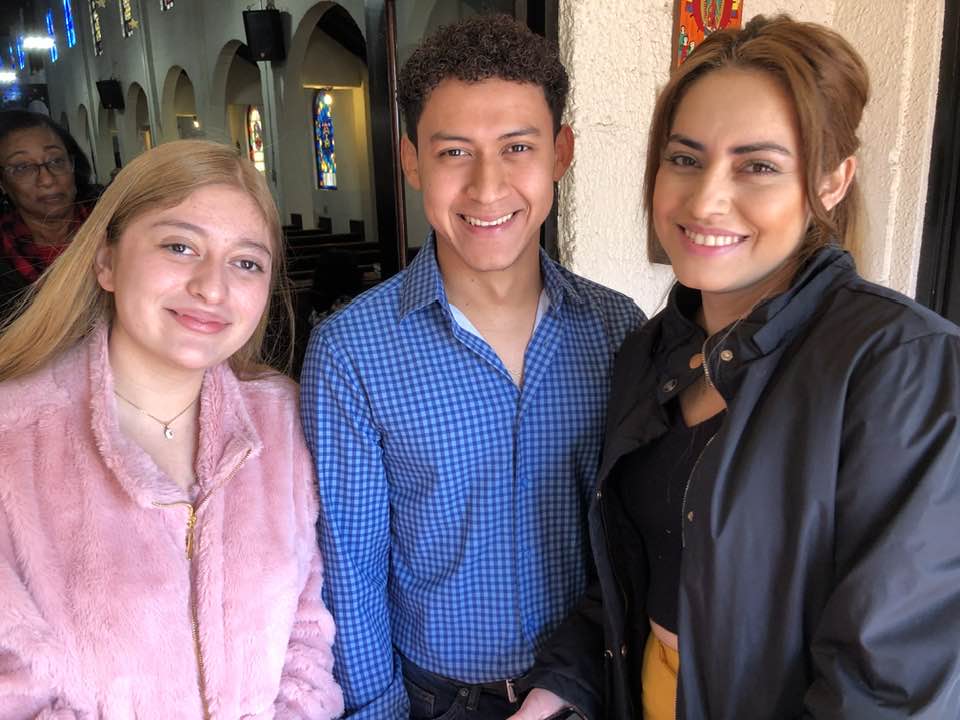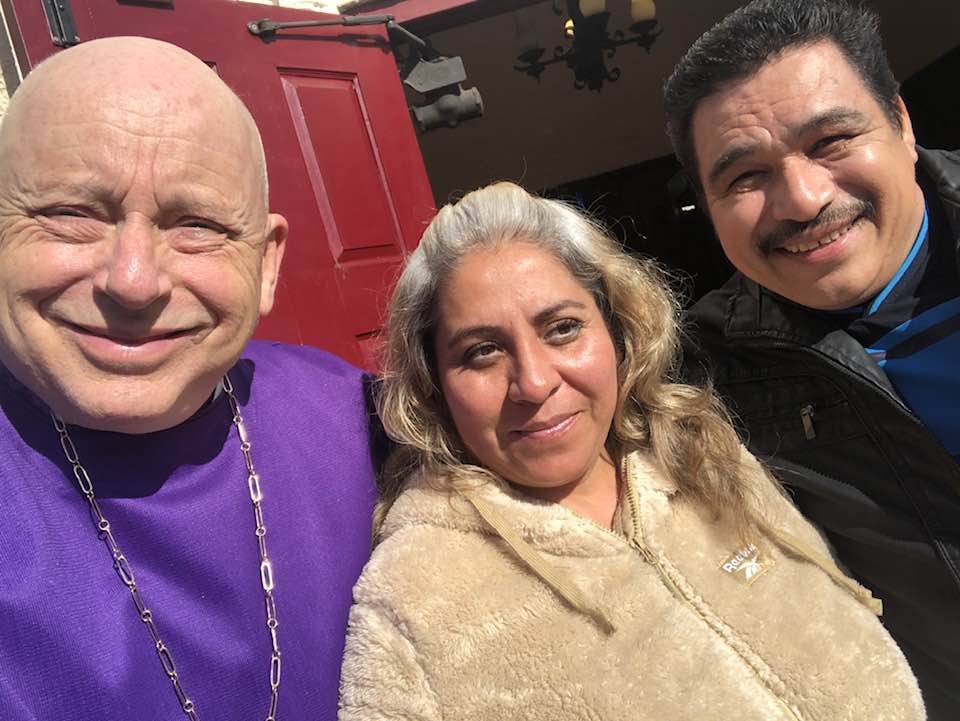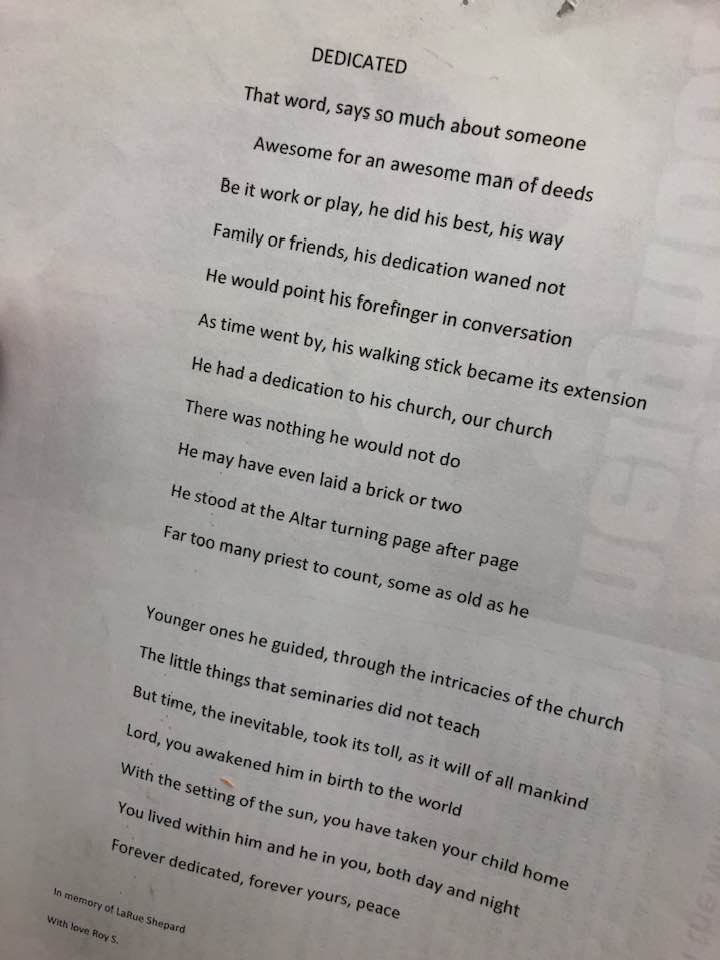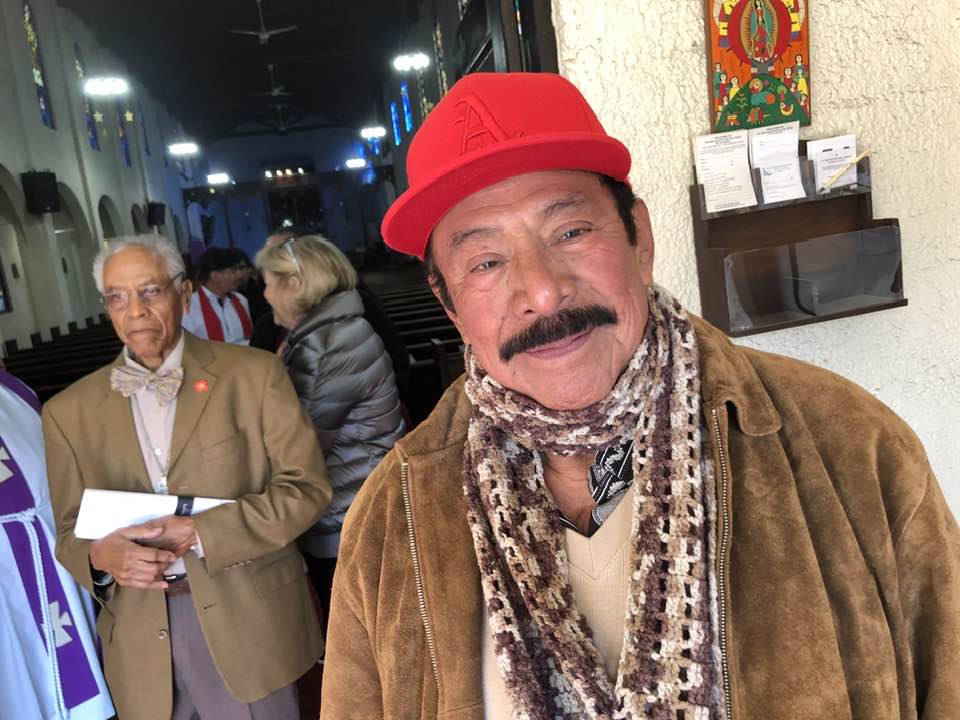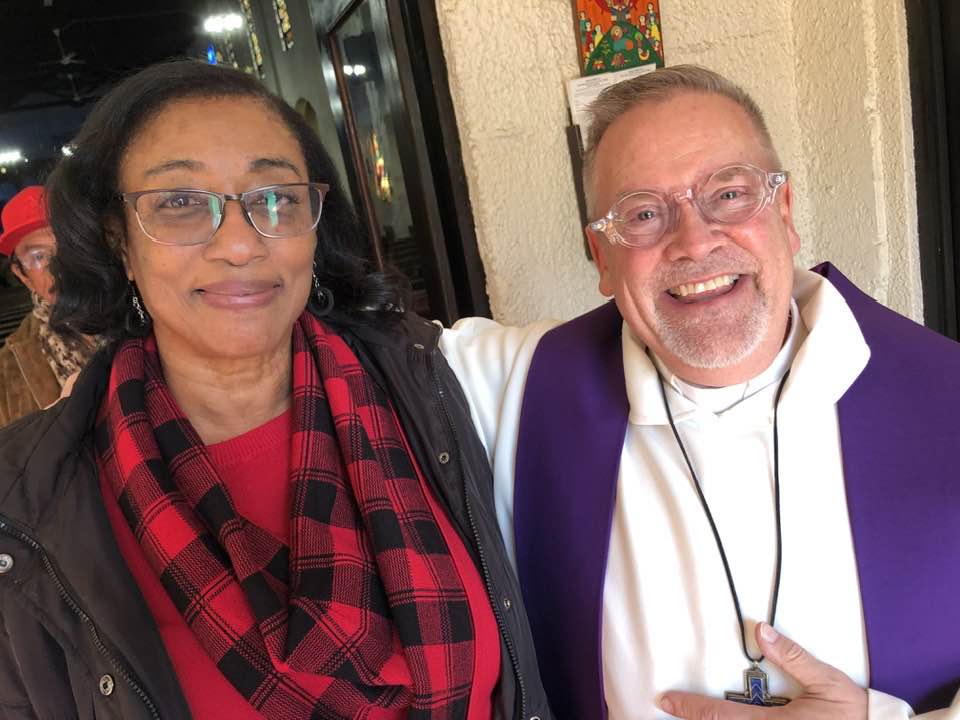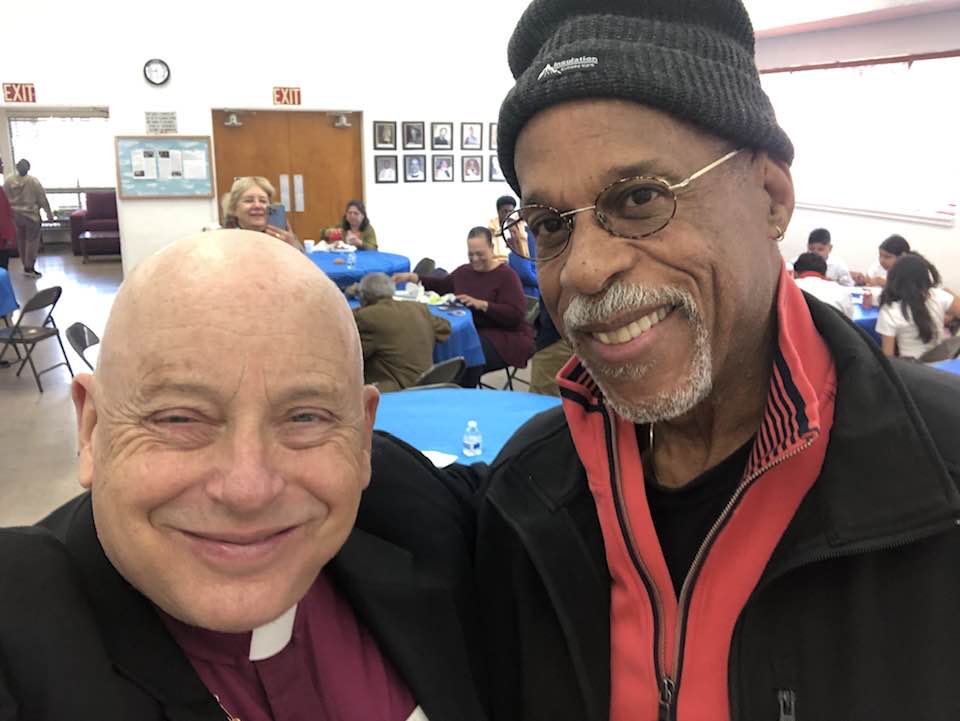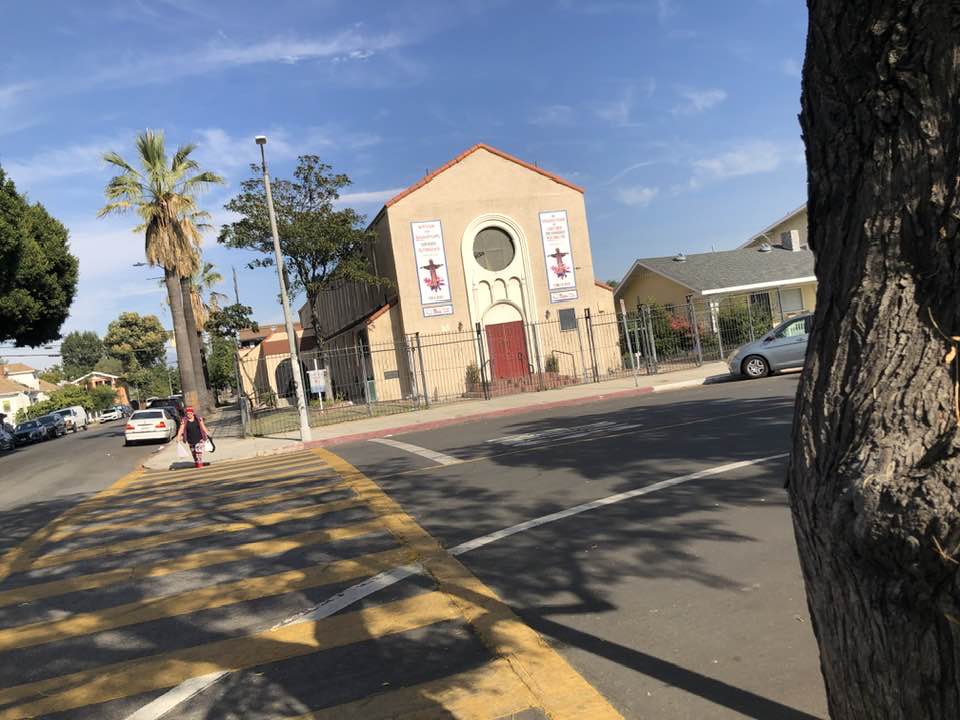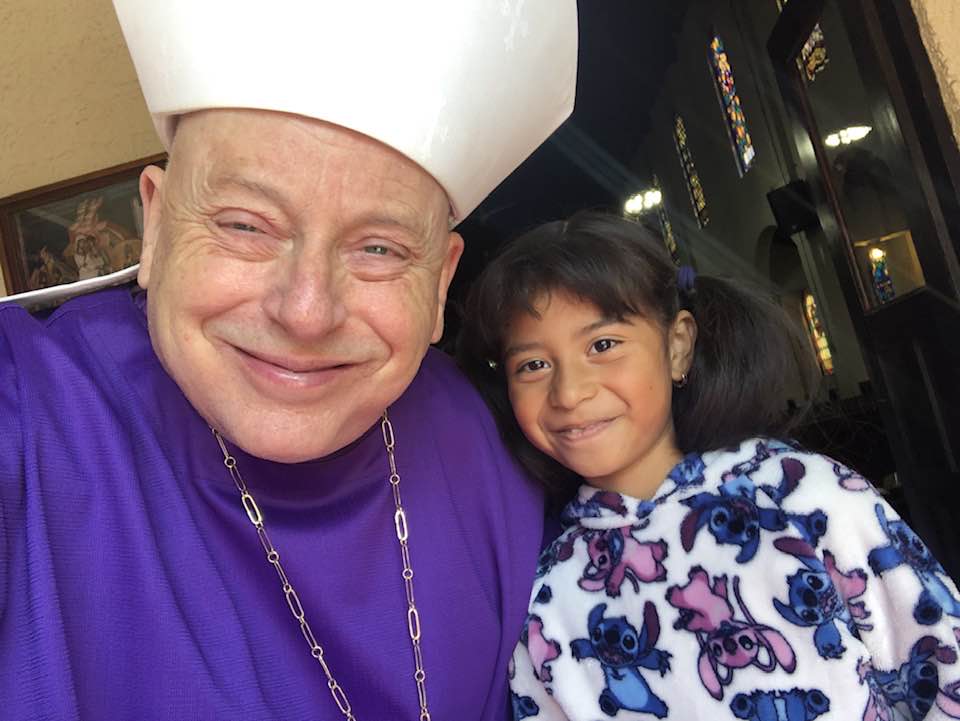
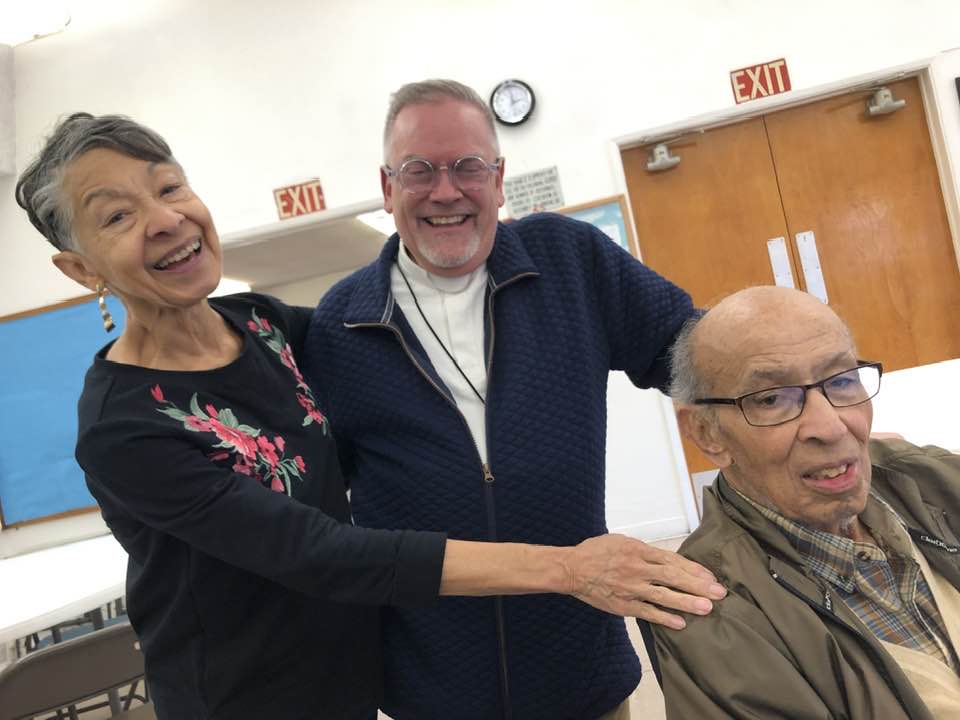
I love all our amazing Episcopalians. But it’s not every Sunday, during lunch after church, when one meets the cofounder of a city and great university in one person.
When I visited St Philip’s Episcopal Church in Los Angeles today, a highlight was sitting at the knee of Gil Smith, who spearheaded establishment of the City of Carson in the sixties and served as its first mayor of African descent. Having worked with the Dominguez family in the incorporation effort, he also cultivated their support for the campaign to build California State University Dominguez Hills, which took on enormous momentum after the Watts uprising in 1965. Supporters wanted a state university campus to serve the south LA and South Bay communities at last — and this amazing Episcopalian pulled it off.
 Gil and his spouse, Shirley, know the South Bay well, having moved to the Carson area 60 years ago. He began attending St. Philip’s when he was three and mentions being an altar boy in the same breath with mayor and university builder.
Gil and his spouse, Shirley, know the South Bay well, having moved to the Carson area 60 years ago. He began attending St. Philip’s when he was three and mentions being an altar boy in the same breath with mayor and university builder.
I was along today to preach Advent, preside, and mediate the work of the Holy Spirit as Leslie, Marlene, and Jordy were confirmed and their brother, Harley, took his first Holy Eucharist. It was a lively bilingual service, organized by priest in charge the Rev. Canon Thomas Quijada-Discavage, my colleague in diocesan ministry, and supported by Pastor Samuel Nieva of the Southwest California Synod ELCA, who presides at a weekly Spanish service. Rocio Peña Fernandez, who is discerning a call to leadership in the church, served as sub-deacon.
We also celebrated the 88th birthday on Tuesday of Roy Salmon, the poet laureate of St. Philip’s and grandson of an Anglican priest from Jamaica, and blessed longtime lay leader Marc Nesbit, who served as my chaplain.
As The Episcopal Church studies how to be multiculturally competent, it has much to learn from St. Philip’s. Episcopalians of African descent, unwelcome at white parishes, started the congregation in 1907, making it the second historically Black church west of the Mississippi. Demographic shifts in the south LA neighborhood, between the 10 and the 110, brought more Spanish-speaking members through the door. Longtime members still drive in from all over town, and everyone worships side by side in two languages, glorifying our God in Christ, who talks back in the unitary language of love.

